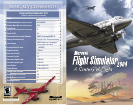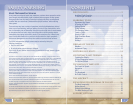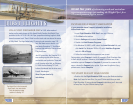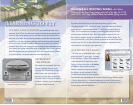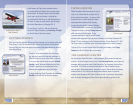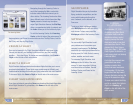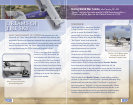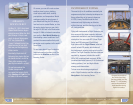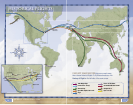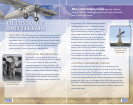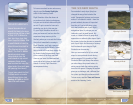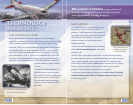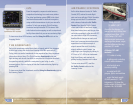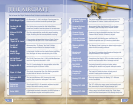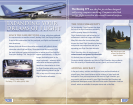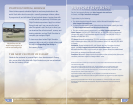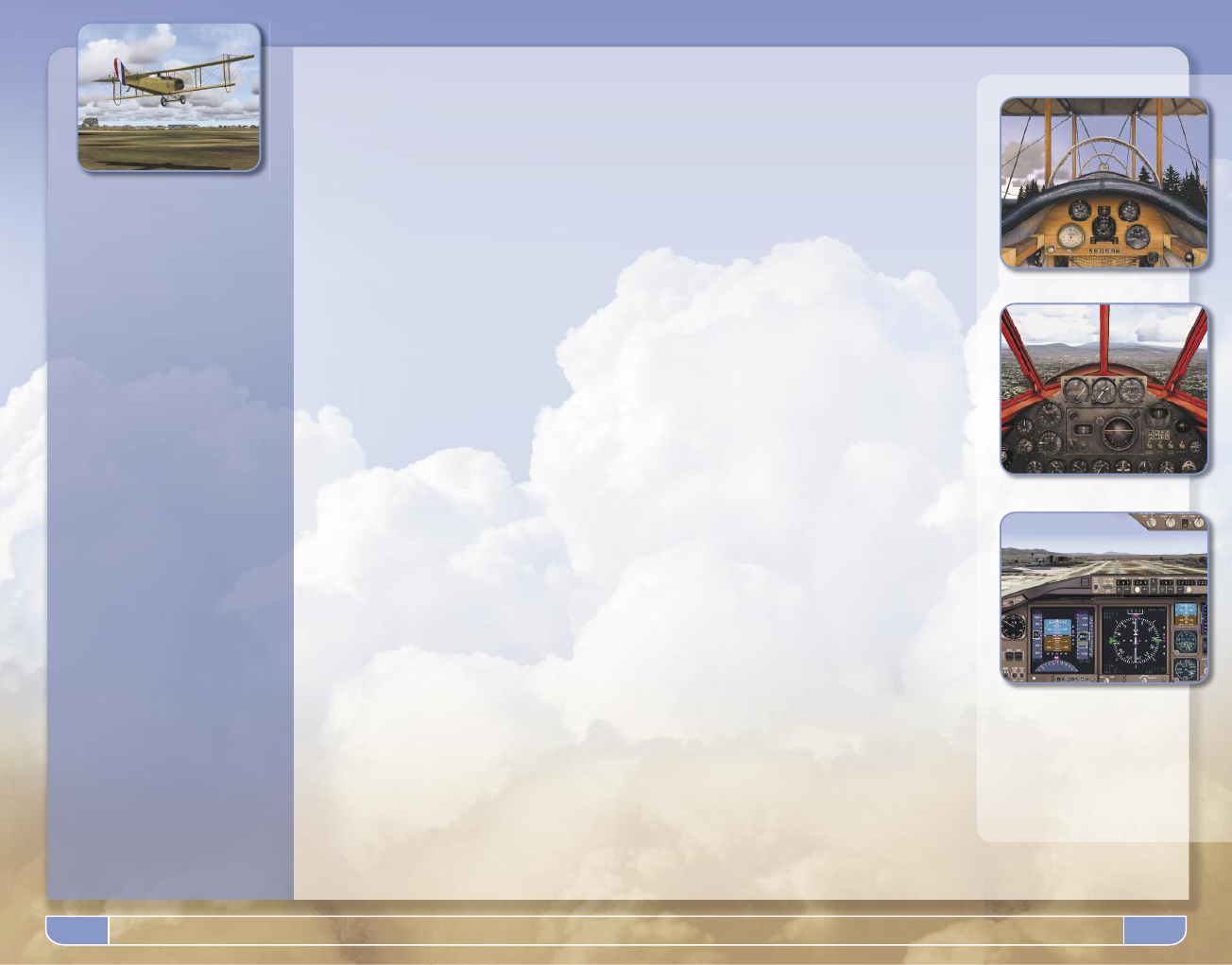
FLIGHT SIMULATOR 2004
12
A CENTURY OF FLIGHT
13
Of course, you can still create custom
weather piece by piece, de ning
cloud layers, winds aloft, visibility,
precipitation, and temperature. Watch
raindrops spatter the windscreen of
your Beechcraft King Air 350 during a
low-level run in coastal Alaska, or slice
through a stratus layer on your climb
through 30,000 feet in the Bombardier
Learjet 45. With an Internet connection,
you can y in Real-World Weather
by
downloading current conditions. You’ll
confront the same weather that you’d
encounter most anywhere in the world,
in real time.
To read more about Flight Simulator’s
improved weather functions, read the
articles in the Weather
section of the
Learning Center.
Instrument Flying
The need to y in all conditions eventually led
engineers and pilots to develop techniques for
ying without the aid of ground references.
In 1929, Jimmy Doolittle made the rst
instrument-only ight using an altimeter,
arti cial horizon, and directional gyro to take
off, circle, and land.
Flying with instruments in Flight Simulator, you
have access to the same navigation aids and
instruments available to real-world instrument-
rated pilots. You can create VFR (Visual Flight
Rules) and IFR (Instrument Flight Rules)
ight plans with the
Flight Planner; selected
aircraft include IFR panels, which show all
key instruments, avionics, and controls on the
screen. The Flight Simulator NavData database,
supplied by Jeppesen, includes the world’s
VORs (VHF omnidirectional receivers), NDBs
(nondirectional radio beacons), ILSs (instrument
landing systems), low- and high-altitude
airways, and intersections.
To learn more about using navigational
aids in Flight Simulator, read the articles on
Navigation in the Learning Center.
AirMail’s
Rocky Debut
On May 15, 1918, the United
States Postal Service began
airmail service. When the rst
pilot, George L. Boyle, was
ready to depart Washington,
D.C., his Curtiss JN–4
“Jenny” refused to start: the
plane was out of gas. And
that was just the beginning
of his trouble.
Eventually, Boyle took off,
following train tracks. But as
the tracks circled, so did he.
Then, after running out of
gas, Boyle crashed in a eld.
To read more about the
Curtiss Jenny and to
re-create this historic ight,
click Century of Flight on the
left side of the main screen.
Compare the cockpits of
the Curtiss Jenny (top),
the Vega (middle), and the
Boeing 777–300 (bottom),
and see the evolution of
instrumentation during
ight’s rst century.



